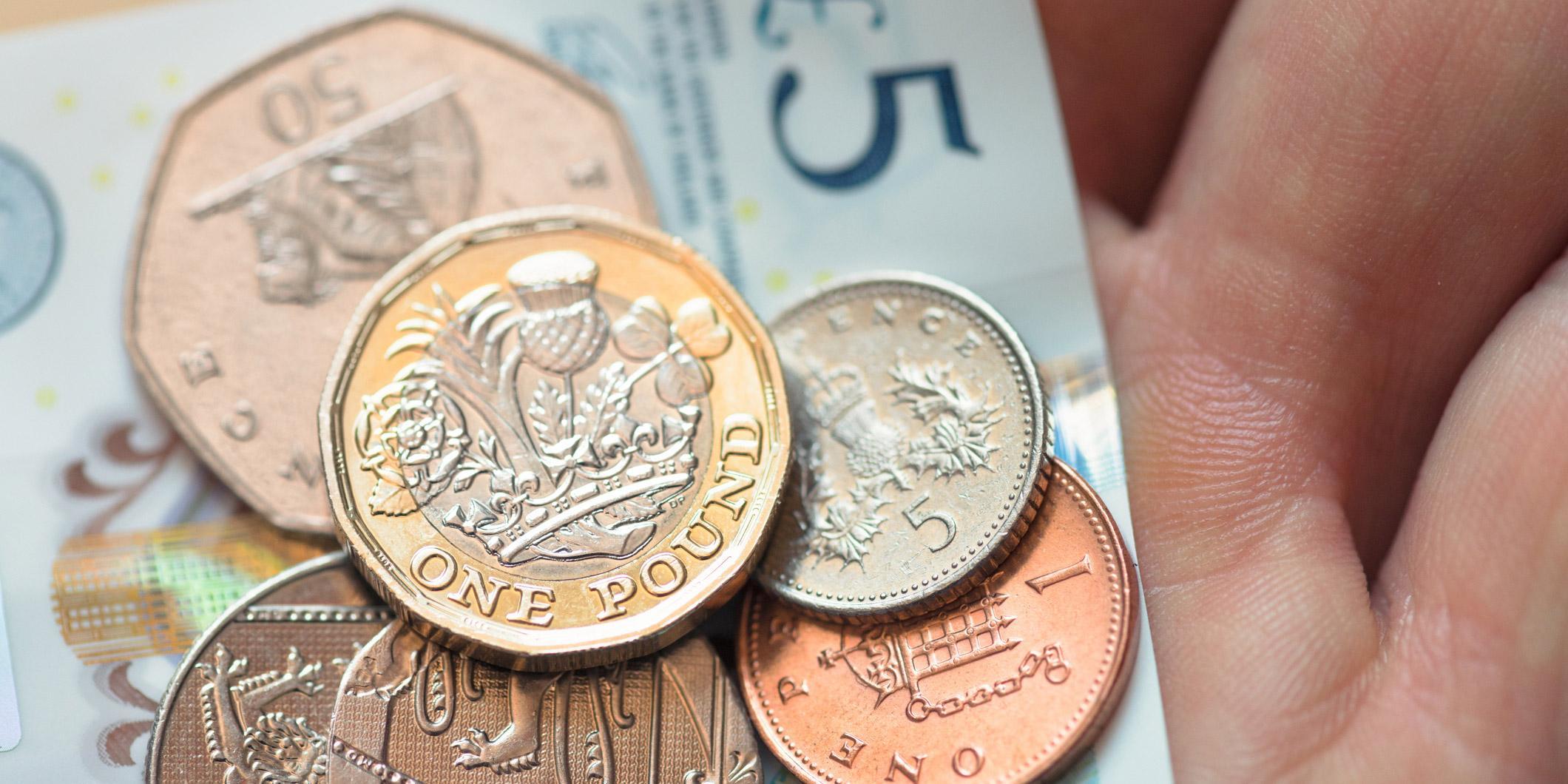Northern Ireland’s economy to fall behind the rest of the UK as employment rate and consumer spending decline
Northern Ireland economy expected to be hampered by falling employment rate and consumer spending

Northern Ireland’s economy is expected to grow less than all other regions in the UK next year due to a combination of slowing consumer spending and weak employment prospects.
The region’s growth will fall to 1 per cent this year, making it joint-lowest with Scotland, according to figures from PwC. Northern Ireland’s growth in 2019 is forecast to rise only marginally to 1.1 per cent, behind Scotland’s forecast 1.2 per cent and the UK average of 1.6 per cent.
PwC’s figures come as data from the Office for National Statistics (ONS) shows Northern Ireland’s previously improving employment rate fell by around 1.2 per cent in the year to December 2017 – the largest fall among the 12 UK regions, and against an overall UK average of 0.6 per cent growth.
“Between 1998 and 2007, Northern Ireland was the second fastest-growing region after London, but suffered the greatest reversal in the immediate aftermath of the financial crisis,” said PwC regional chairman Paul Terrington.
Since the crisis, London is the only UK region to have increased its overall share of national gross value added (GVA).
Mr Terrington said: “The analysis of ONS data suggests that there is a positive relationship between relative regional GVA growth rates and education and skills, business formation rates and employment in professional and technical services.
“Regions reliant on public sector employment have grown more slowly, while employment alone is not a proxy for productivity or regional prosperity.”
The South East is expected to have the fastest growing economy this year, with a forecast rise of 1.7 per cent, followed by London, the East Midlands and South West at 1.6 per cent.
PwC said real consumer spending growth in the UK is expected to slow from around 1.8 per cent in 2017 to around 1.1 per cent this year, but edge up again to 1.3 per cent in 2019.
Meanwhile, PwC said consumer spending could return to around 2 per cent trend growth on average in the 2020s, assuming a reasonably favourable Brexit outcome and productivity gains from automation.
“Consumer spending accounts for more than two thirds of UK GDP, making it the most important driver of UK economic growth. But it has slowed significantly recently as higher inflation has squeezed consumer spending power and it looks set to remain sluggish in the short term, dampening overall GDP growth,” said PwC’s chief economist, John Hawksworth.
“Looking to the 2020s, however, growth could return to its long term trend rate of around 2 per cent if the UK can negotiate a favourable future deal with the EU and automation boosts domestic productivity growth and holds down prices.
“The pattern of consumer spending will continue to evolve in the longer term, with our projections suggesting that housing and utilities will continue to eat up more of household budgets, while spending on other essentials like food and clothing tends to decline.”
Subscribe to Independent Premium to bookmark this article
Want to bookmark your favourite articles and stories to read or reference later? Start your Independent Premium subscription today.

Join our commenting forum
Join thought-provoking conversations, follow other Independent readers and see their replies